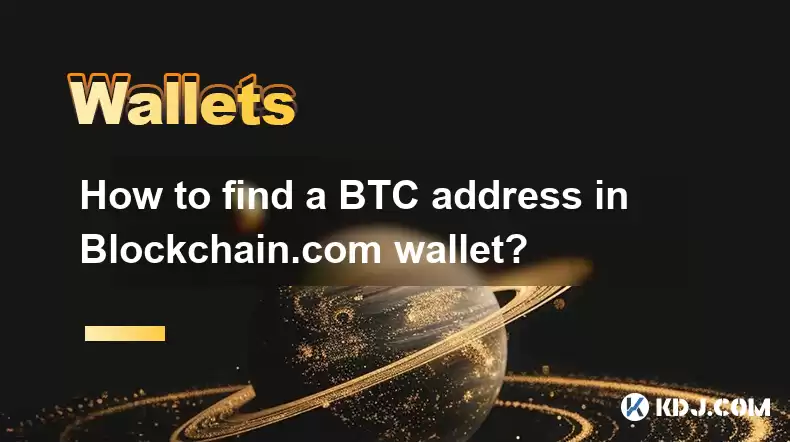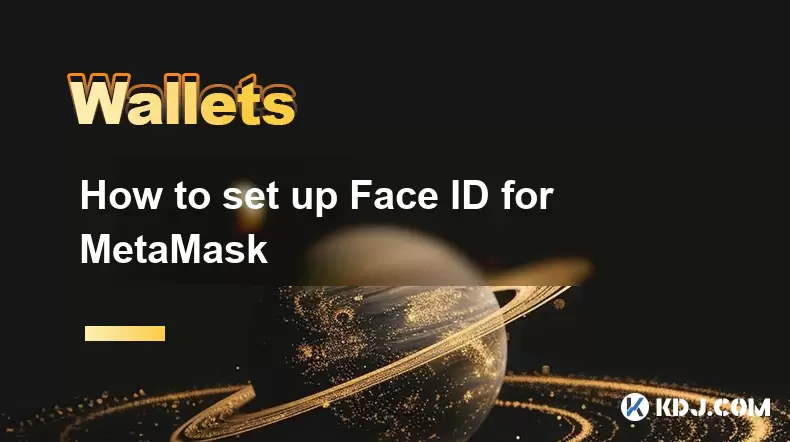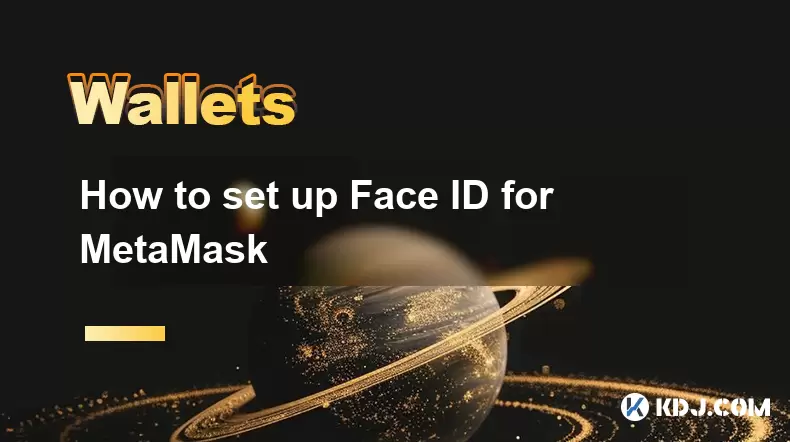-
 Bitcoin
Bitcoin $119000
-2.21% -
 Ethereum
Ethereum $4315
1.01% -
 XRP
XRP $3.151
-3.11% -
 Tether USDt
Tether USDt $0.0000
0.00% -
 BNB
BNB $808.5
-0.71% -
 Solana
Solana $175.8
-4.21% -
 USDC
USDC $0.9999
0.00% -
 Dogecoin
Dogecoin $0.2250
-3.92% -
 TRON
TRON $0.3469
1.77% -
 Cardano
Cardano $0.7818
-3.81% -
 Chainlink
Chainlink $21.47
-2.10% -
 Hyperliquid
Hyperliquid $43.30
-6.81% -
 Stellar
Stellar $0.4370
-2.84% -
 Sui
Sui $3.682
-4.40% -
 Bitcoin Cash
Bitcoin Cash $590.8
2.67% -
 Hedera
Hedera $0.2484
-5.20% -
 Ethena USDe
Ethena USDe $1.001
0.00% -
 Avalanche
Avalanche $23.10
-4.29% -
 Litecoin
Litecoin $119.2
-3.96% -
 Toncoin
Toncoin $3.409
0.90% -
 UNUS SED LEO
UNUS SED LEO $9.016
-1.29% -
 Shiba Inu
Shiba Inu $0.00001304
-3.82% -
 Uniswap
Uniswap $11.18
1.33% -
 Polkadot
Polkadot $3.913
-3.51% -
 Cronos
Cronos $0.1672
-3.08% -
 Dai
Dai $1.000
0.02% -
 Ethena
Ethena $0.7899
-4.70% -
 Bitget Token
Bitget Token $4.400
-1.23% -
 Pepe
Pepe $0.00001132
-5.93% -
 Monero
Monero $257.9
-6.44%
How to find a BTC address in Blockchain.com wallet?
To find your Bitcoin address on Blockchain.com, log in, go to "Receive," select BTC, and copy the displayed alphanumeric string for transactions.
Mar 29, 2025 at 03:42 am

Locating Your Bitcoin Address on Blockchain.com
Blockchain.com is a popular cryptocurrency wallet and exchange. Finding your Bitcoin (BTC) address within the platform is straightforward, but understanding where to look depends on whether you're receiving or sending BTC. The process differs slightly depending on your specific needs.
First, ensure you're logged into your Blockchain.com account. If you haven't already, you'll need to create an account and secure it with a strong password and potentially two-factor authentication (2FA) for enhanced security. Remember, your security is paramount in the cryptocurrency world.
Receiving Bitcoin: Finding Your Receive Address
To receive Bitcoin, you need your unique BTC address. This address acts like your bank account number for Bitcoin transactions. Here's how to find it:
- Navigate to the "Receive" section: After logging in, you'll typically find a "Receive" button or tab prominently displayed on the main dashboard. Click on it.
- Select Bitcoin (BTC): If you have multiple cryptocurrencies in your wallet, select Bitcoin from the list of available assets. This ensures you get the correct address for BTC transactions.
- Your BTC address is displayed: The platform will display your unique Bitcoin address. This is a long string of alphanumeric characters. Carefully copy this address and share it only with the sender. Any errors in copying could lead to irreversible loss of funds.
Sending Bitcoin: Using Your Address (and Others)
Sending Bitcoin involves using your BTC address, but in this instance, you're providing the recipient's address. You'll need to know their address to send them BTC. Your own address is used to confirm where the funds are being sent from. The platform will automatically display the address associated with the Bitcoin you are sending.
- Navigate to the "Send" section: Similar to receiving, there will be a clearly marked "Send" option on your dashboard.
- Enter the recipient's address: In the designated field, carefully paste the recipient's Bitcoin address. Double-check for accuracy to avoid sending funds to the wrong person.
- Specify the amount: Enter the amount of Bitcoin you wish to send. Ensure you have sufficient funds in your wallet to cover the transaction fees.
- Review and confirm: Before finalizing the transaction, review all details, including the recipient's address and the amount. Incorrect information can lead to lost funds.
Understanding Address Types
Blockchain.com might use different address formats, depending on the underlying technology. While the appearance may vary slightly, the core function remains the same: a unique identifier for receiving Bitcoin. Don't be alarmed if your address looks different from others you've seen. The important thing is that it's associated with your Blockchain.com wallet. Always double-check the address you're using, regardless of the format.
Security Best Practices
Remember, security is paramount when dealing with cryptocurrencies. Always treat your Bitcoin addresses with the utmost care.
- Never share your private keys: Your private keys are crucial for accessing your funds. Never share them with anyone, under any circumstances. Compromising your private keys means losing access to your Bitcoin.
- Use strong passwords: Choose a strong, unique password for your Blockchain.com account. Avoid using easily guessable passwords or reusing passwords across multiple accounts.
- Enable two-factor authentication (2FA): 2FA adds an extra layer of security, making it significantly harder for unauthorized individuals to access your account.
- Be wary of phishing scams: Be cautious of suspicious emails or websites claiming to be associated with Blockchain.com. Never click on links from unknown sources or provide your login details to unverified websites.
Frequently Asked Questions
Q: What if I can't find my BTC address?
A: If you're having trouble locating your BTC address, try logging out and logging back into your Blockchain.com account. If the problem persists, contact Blockchain.com's customer support for assistance. They can guide you through the process or troubleshoot any issues you might be encountering.
Q: Can I have multiple BTC addresses in my Blockchain.com wallet?
A: While you might not see multiple addresses explicitly listed, each time you generate a new "receive" address, it will be a unique address for receiving Bitcoin. The wallet manages these addresses internally.
Q: What happens if I send Bitcoin to the wrong address?
A: Sending Bitcoin to the wrong address is irreversible. Once the transaction is confirmed on the Bitcoin blockchain, the funds are lost. There's no way to recover them. Always double and triple-check the recipient's address before sending any Bitcoin.
Q: Is my BTC address visible to others if I share it?
A: Yes, your BTC address is public information once you share it. Anyone with your address can send Bitcoin to it. This is the fundamental nature of the blockchain's transparency. However, your private keys remain hidden and are crucial for spending the Bitcoin received at that address.
Q: Are there fees associated with receiving or sending Bitcoin on Blockchain.com?
A: Yes, Blockchain.com charges transaction fees for sending Bitcoin. The amount of the fee depends on network congestion. Receiving Bitcoin typically incurs no direct fee from Blockchain.com, although the sender might have paid a network fee.
Q: How secure is Blockchain.com?
A: Blockchain.com employs various security measures to protect user funds and data. However, no system is entirely impervious to attacks. Following best practices, such as using strong passwords and enabling 2FA, significantly reduces the risk of unauthorized access. The security of your funds also relies heavily on your own security practices.
Disclaimer:info@kdj.com
The information provided is not trading advice. kdj.com does not assume any responsibility for any investments made based on the information provided in this article. Cryptocurrencies are highly volatile and it is highly recommended that you invest with caution after thorough research!
If you believe that the content used on this website infringes your copyright, please contact us immediately (info@kdj.com) and we will delete it promptly.
- PumpFun (PUMP) Price: Riding the Meme Coin Wave or Facing a Wipeout?
- 2025-08-12 16:50:12
- Arctic Pablo Coin: Meme Coin Growth Redefined?
- 2025-08-12 16:50:12
- Ether ETFs Surge: Inflows and Bull Signs Point to $4K ETH?
- 2025-08-12 16:30:12
- Bitcoin, Crypto Market, and CPI Anticipation: A New York Minute on Volatility
- 2025-08-12 16:30:12
- Bitcoin, CPI, and Market Fears: Navigating the Crypto Landscape
- 2025-08-12 15:10:13
- BTC Traders Eye ETH Targets as CPI Looms: A New York Minute
- 2025-08-12 15:10:13
Related knowledge

How to manage your portfolio in Exodus wallet
Aug 08,2025 at 10:07pm
Understanding the Exodus Wallet InterfaceThe Exodus wallet is a non-custodial cryptocurrency wallet that supports a wide range of digital assets. When...

How to reset your MetaMask password
Aug 08,2025 at 01:28pm
Understanding the MetaMask Password Reset ProcessMany users confuse the MetaMask password with the seed phrase or private key, but they serve differen...

How to buy Dogecoin on MetaMask
Aug 08,2025 at 03:42am
Understanding Dogecoin and MetaMask CompatibilityDogecoin (DOGE) is a popular meme-based cryptocurrency that operates on its own blockchain, originall...

How to switch between networks in Trust Wallet
Aug 09,2025 at 11:07am
Understanding Network Switching in Trust WalletSwitching between networks in Trust Wallet allows users to manage assets across different blockchains, ...

How to set up Face ID for MetaMask
Aug 12,2025 at 02:42am
Understanding Face ID and Its Role in MetaMask SecurityMetaMask is a widely used cryptocurrency wallet that allows users to interact with the Ethereum...

How to set up Face ID for MetaMask
Aug 11,2025 at 09:28am
Understanding Face ID and Its Role in MetaMask SecurityFace ID is a biometric authentication system developed by Apple that uses facial recognition to...

How to manage your portfolio in Exodus wallet
Aug 08,2025 at 10:07pm
Understanding the Exodus Wallet InterfaceThe Exodus wallet is a non-custodial cryptocurrency wallet that supports a wide range of digital assets. When...

How to reset your MetaMask password
Aug 08,2025 at 01:28pm
Understanding the MetaMask Password Reset ProcessMany users confuse the MetaMask password with the seed phrase or private key, but they serve differen...

How to buy Dogecoin on MetaMask
Aug 08,2025 at 03:42am
Understanding Dogecoin and MetaMask CompatibilityDogecoin (DOGE) is a popular meme-based cryptocurrency that operates on its own blockchain, originall...

How to switch between networks in Trust Wallet
Aug 09,2025 at 11:07am
Understanding Network Switching in Trust WalletSwitching between networks in Trust Wallet allows users to manage assets across different blockchains, ...

How to set up Face ID for MetaMask
Aug 12,2025 at 02:42am
Understanding Face ID and Its Role in MetaMask SecurityMetaMask is a widely used cryptocurrency wallet that allows users to interact with the Ethereum...

How to set up Face ID for MetaMask
Aug 11,2025 at 09:28am
Understanding Face ID and Its Role in MetaMask SecurityFace ID is a biometric authentication system developed by Apple that uses facial recognition to...
See all articles

























































































